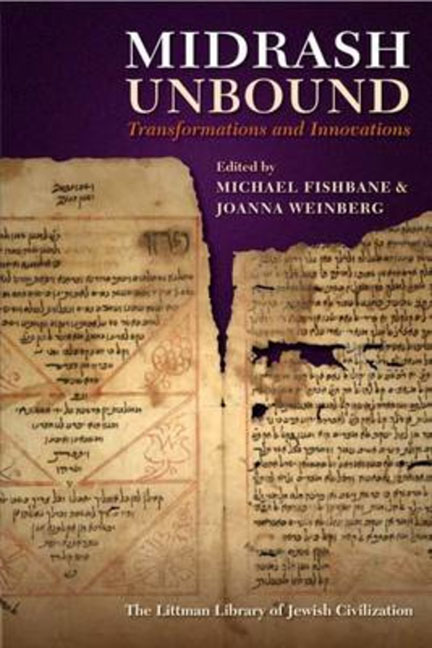Introduction
Summary
THE PURPOSE of the present volume is to enlarge the perspective on Midrash and midrashic creativity—marking its arcs and turns across the vast breadth of Jewish literature, through close studies of its varieties and transformations—and also to trace various offshoots from the tree of rabbinic Midrash now embedded in non-Jewish literatures, as well as seeds that may have been strewn abroad to yield similar if not related produce. It is our considered opinion that Midrash is a fundamental form of Jewish culture, and maintains an identifiable coherence and integrity in all its expressions over the course of two millennia. To bring this vision to a wider public, we have solicited this scholarly anthology.
In this vast enterprise, there was no possibility of exemplifying every kind of expansion or revision that exists, so we have aimed rather to provide typical cases across a multi-millennial spectrum; correspondingly, the guiding focus precluded a full complement of comparisons to non-Jewish literatures, but rather we chose to indicate some key cases in point along the way. In all, the rich diachronic spread shows a vibrancy inherent in a fundamental Jewish exegetical genre, and the selected parallels outside this cultural canon suggest new avenues for comparative study. If new research deepens and expands the many topics treated here, the goal we have envisioned will be happily realized.
In what follows, we wish to guide the reader to an overview of the scope of this book and to indicate its structure. There will be no attempt to summarize in advance and in general terms what must be studied in detail and sequentially, nor any attempt to relate each case to any fixed set of definitions about Midrash—as an exegetical practice and a literary genre. These latter have been subject to numerous variations over time, and in an anthology covering two full millennia and dealing with diverse topics and cultural concerns, this would have constrained the topics and impeded the studies represented here. Within the framework of general guidelines concerning the matrix of Midrash overall, each author was encouraged to develop his or her topic as case-specific expositions of the phenomenon, with the result that textual hermeneutics and literary forms play themselves out in a host of ways.
- Type
- Chapter
- Information
- Midrash UnboundTransformations and Innovations, pp. 1 - 10Publisher: Liverpool University PressPrint publication year: 2013

